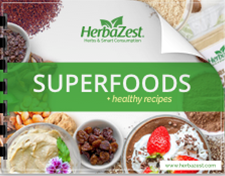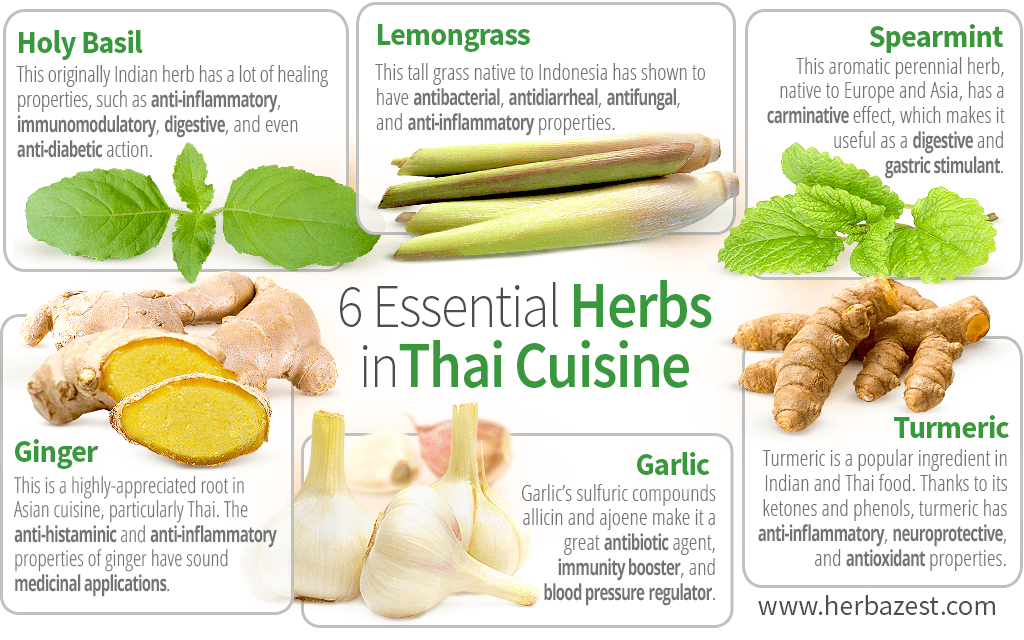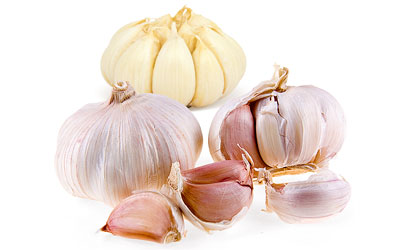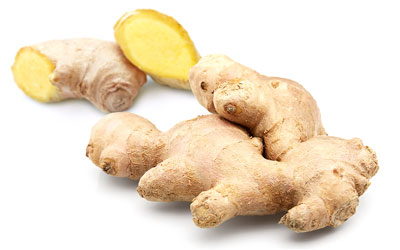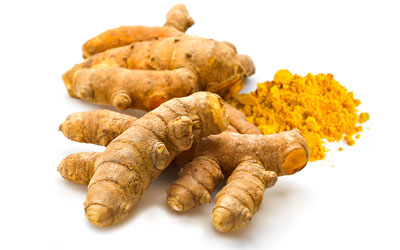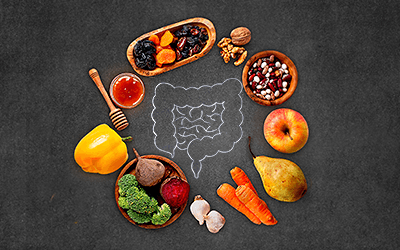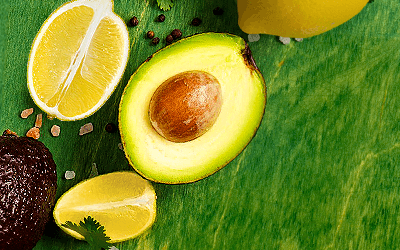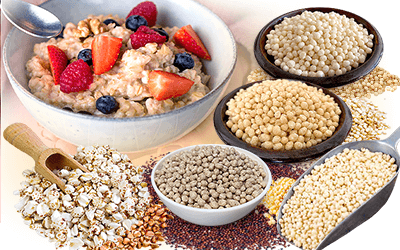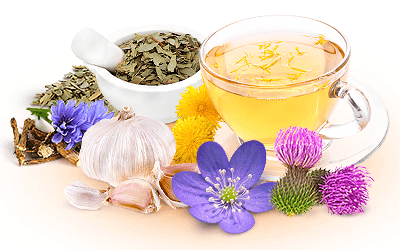Thailand boasts some of the richest gastronomic variety in the world. Strong flavors - sweet, spicy, pungent, savory - are all wisely mixed in recipes capable of transporting your palate to this exotic Asian country. What's really interesting about Thai food is the fact that its ingredients are not only colorful and flavorful, but also rich in nutrients and unexpected health benefits.
Understanding Herbs and Spices
Traditionally, Thai recipes uses three kind of base ingredients:
- Herbs. Herbs typically grows from shrubs and can be used either fresh or dried. Some Thai herbs include kaffir lime leaves, Chinese chives, Thai sweet basil, holy basil, spearmint, coriander leaves, and lemongrass.
- Spices. Spices come from roots, buds, seeds, berries, or tropical fruits. Some spices in Thai dishes are cloves, cinnamon, ginger, turmeric, and garlic.
- Seasoning blends. These are a mixture of dried herbs and spices that looks like a thick paste full of flavor. Blends or curries are an important part of Thai culinary tradition, as they are used to prepare a great variety of dishes.
Thai Herbs and Their Properties
While using with herbs and spices will result in colorful and flavorful meals, these ingredients bring much more to your plate. They are rich in nutrients and antioxidants, have close to zero calories, and can easily replace the fat, sugar, and salt that are usually part of the modern American diet.
1. Holy Basil
Honoring its sacred reputation, this originally Indian herb - a variety of basil used for centuries for medicinal purposes - has a lot of healing properties, such as anti-inflammatory, immunomodulatory, digestive and even antidiabetic action. Holy basil leaves are reddish on the tips, and its unique, clove-like scent makes it a great ingredient in many Thai dishes.
2. Lemongrass (Citronella)
This Thai herb is a tall grass native to Indonesia, and it is used extensively for cooking due to its citrus flavor. Lemongrass contains lots of essential oils, flavonoids, and phenolic compounds that bring numerous health benefits. It has shown to have antibacterial, antidiarrheal, antifungal, and anti-inflammatory properties.1,2
3. Spearmint
This aromatic perennial herb, native to Europe and Asia, grows both wild and cultivated all over the world, and it is often treated like an invasive weed. Its fresh and dried leaves have not only been used for flavoring in Thai cooking, but they have also found medicinal applications. Spearmint has a carminative effect, which makes it useful as a digestive and gastrostimulant.3
4. Turmeric
As a member of the ginger family, turmeric is a popular ingredient in Indian and Thai food. It not only brings color, but also a nice, mild flavor to many preparations. Thanks to its ketones (turmerone) and phenols (curcumins) - the same substances that make it bright yellow - turmeric has anti-inflammatory, neuroprotective, and antioxidant properties.4
5. Garlic
Native to central Asia, the bulbs of this perennial herb have been used in the kitchen, as well as in folk medicine, for centuries. Its popularity is such that garlic is the preferred ingredient in mostly every gastronomic culture around the world. There's virtually not a single Thai recipe that doesn't include this aromatic herb. Its sulfuric compounds, allicin and ajoene, make it a great antibiotic agent, immunity booster, and a blood pressure regulator.5
6. Ginger
This is a highly-appreciated root in Asian cuisine, and a particularly valued Thai cooking herb, added to a variety of dishes mostly in its fresh form. It has been used since ancient times, not only for its slightly spicy, citric flavor, but also for its many health benefits. The anti-histaminic and anti-inflammatory properties of ginger have found medicinal applications. It is great for relieving nausea and headaches, aiding digestion, and reducing inflammation.
Thai cuisine uses an immense variety of herbs, spices, and several blends of both. Some people avoid it for its strong flavors, and it actually can be a little too much for those with a delicate stomach or irritable bowel syndrome (IBS). However, knowing the therapeutic benefits of Thai herbs and spices, you may make the move to incorporate some of them into your diet.
Sources
- International Journal of Pharmaceutical & Biological Archives, Potential Functions of Lemon Grass (Cymbopogon citratus) in Health and Disease, 2012
- International Journal of Recent Research in Commerce, Economics and Management, Cost-Benefit Analysis of Spear Mint Cultivation for Herbal Production, 2014
- Journal of Forest Products and Industries, Effect of Diurnal on Spearmint (Mentha spicata var. Viridis L.) Oil Content and Physico - Chemicals Properties, 2015
- University of Michigan Health, Cooking with herbs and spices
- USDA Plants Database, Mentha spicata L. spearmint
- Kew Royal Botanic Gardens, Cymbopogon citratus (lemon grass)
- Evidence-based Complementary and Alternative Medicine, The Clinical Efficacy and Safety of Tulsi in Humans: A Systematic Review of the Literature, 2017
- Royal Horticultural Society, Mentha spicata, spearmint
Footnotes
- Journal of Advanced Pharmaceutical Technology and Research. (2011). Scientific basis for the therapeutic use of Cymbopogon citratus, stapf (Lemon grass). Retrieved January 18, 2023, from: https://www.ncbi.nlm.nih.gov/pmc/articles/PMC3217679/
- Frontiers in Science. (2012). Antimicrobial Activity of Cymbopogon Citratus (Lemon Grass) and Its Phytochemical Properties. Retrieved January 18, 2023, from: https://irepos.unijos.edu.ng/jspui/handle/123456789/439
- Journal of Traditional and Complementary Medicine. (2021). Mentha spicata L. essential oil, phytochemistry and its effectiveness in flatulence. Retrieved January 18, 2023, from: https://www.ncbi.nlm.nih.gov/pmc/articles/PMC7936090/
- Drug Design, Development and Therapy. (2021). Anti-Inflammatory Effects of Curcumin in the Inflammatory Diseases: Status, Limitations and Countermeasures. Retrieved January 18, 2023, from: https://www.ncbi.nlm.nih.gov/pmc/articles/PMC8572027/
- Nutrients. (2019). Preventive Effects and Mechanisms of Garlic on Dyslipidemia and Gut Microbiome Dysbiosis. Retrieved January 18, 2023, from: https://www.ncbi.nlm.nih.gov/pmc/articles/PMC6627858/
